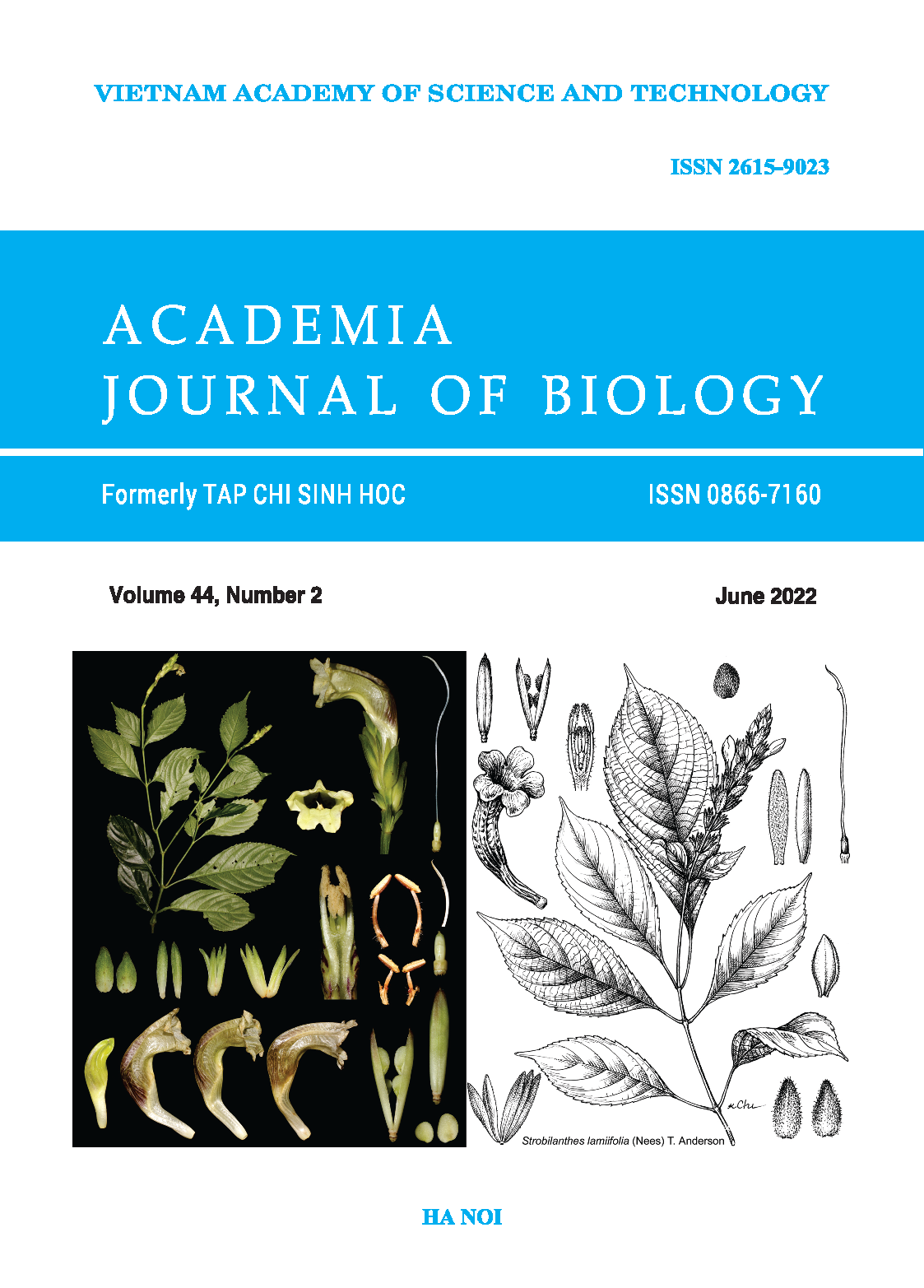Effects of simulated microgravity on senescent human fibroblasts
Author affiliations
DOI:
https://doi.org/10.15625/2615-9023/16836Keywords:
cell cycle, cell viability, human fibroblast, senescence.Abstract
This study aimed to assess the effects of simulated microgravity (SMG) on senescent human fibroblasts (HFs). The HFs were treated with 150 µM H2O2 in a culture medium for 90 minutes for senescent induction. The senescent HFs were induced SMG for 72 hours by a Gravity simulator, while the control group was treated in the same CO2 incubator. Cell morphology analysis showed that the SMG condition retrieved the fibroblastic morphology from the senescence. WST1 assay and cell counting indicated that the senescent HFs viability from the SMG group was higher than the control group (OD value of 0.80 ± 0.13 vs. 0.64 ± 0.11, respectively). In cell cycle progression, the G0/G1 cell percentage of senescent HFs from the SMG group was reduced, compared to the control group (45.84 ± 1.37% vs. 57.22 ± 1.56%, respectively). The senescent HFs from the SMG group exhibited a lower nuclear area than the control group (186 ± 4 µm2 vs. 217 ± 8 µm2, respectively). This resulted in the performance of a higher nuclear shape value of senescent HFs from SMG, compared to the control group (0.74 ± 0.02 vs. 0.70 ± 0.01, respectively). SMG condition caused the down-regulation of the senescence-related transcript. These results found that SMG could regain the normal characteristics of HFs from the senescence.
Downloads
Metrics
References
This study aimed to assess the effects of simulated microgravity (SMG) on senescent human fibroblasts (HFs). The HFs were treated with 150 µM H2O2 in a culture medium for 90 minutes for senescent induction. The senescent HFs were induced SMG for 72 hours by a Gravity simulator, while the control group was treated in the same CO2 incubator. Cell morphology analysis showed that the SMG condition retrieved the fibroblastic morphology from the senescence. WST1 assay and cell counting indicated that the senescent HFs viability from the SMG group was higher than the control group (OD value of 0.80 ± 0.13 vs. 0.64 ± 0.11, respectively). In cell cycle progression, the G0/G1 cell percentage of senescent HFs from the SMG group was reduced, compared to the control group (45.84 ± 1.37% vs. 57.22 ± 1.56%, respectively). The senescent HFs from the SMG group exhibited a lower nuclear area than the control group (186 ± 4 µm2 vs. 217 ± 8 µm2, respectively). This resulted in the performance of a higher nuclear shape value of senescent HFs from SMG, compared to the control group (0.74 ± 0.02 vs. 0.70 ± 0.01, respectively). SMG condition caused the down-regulation of the senescence-related transcript. These results found that SMG could regain the normal characteristics of HFs from the senescence.












